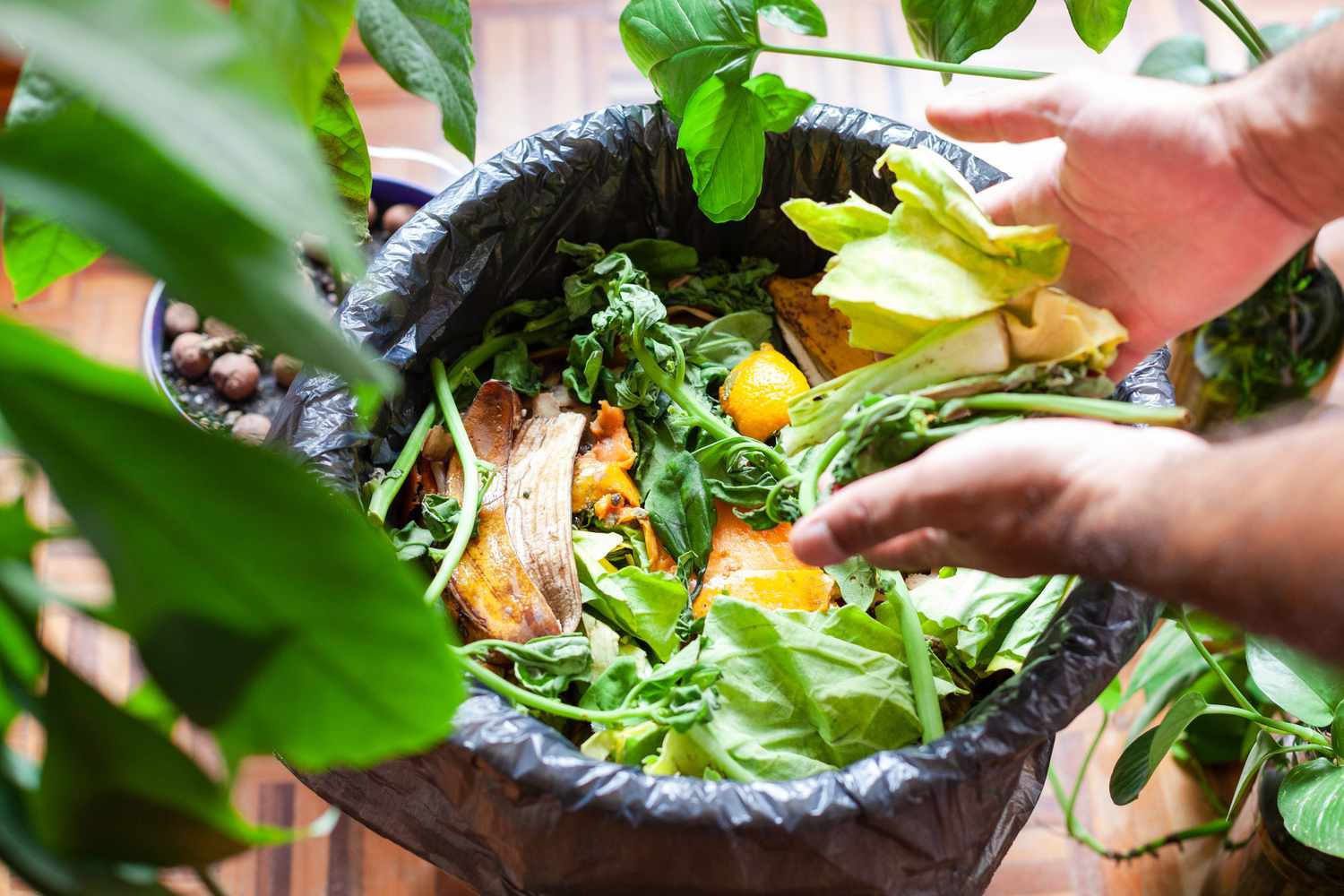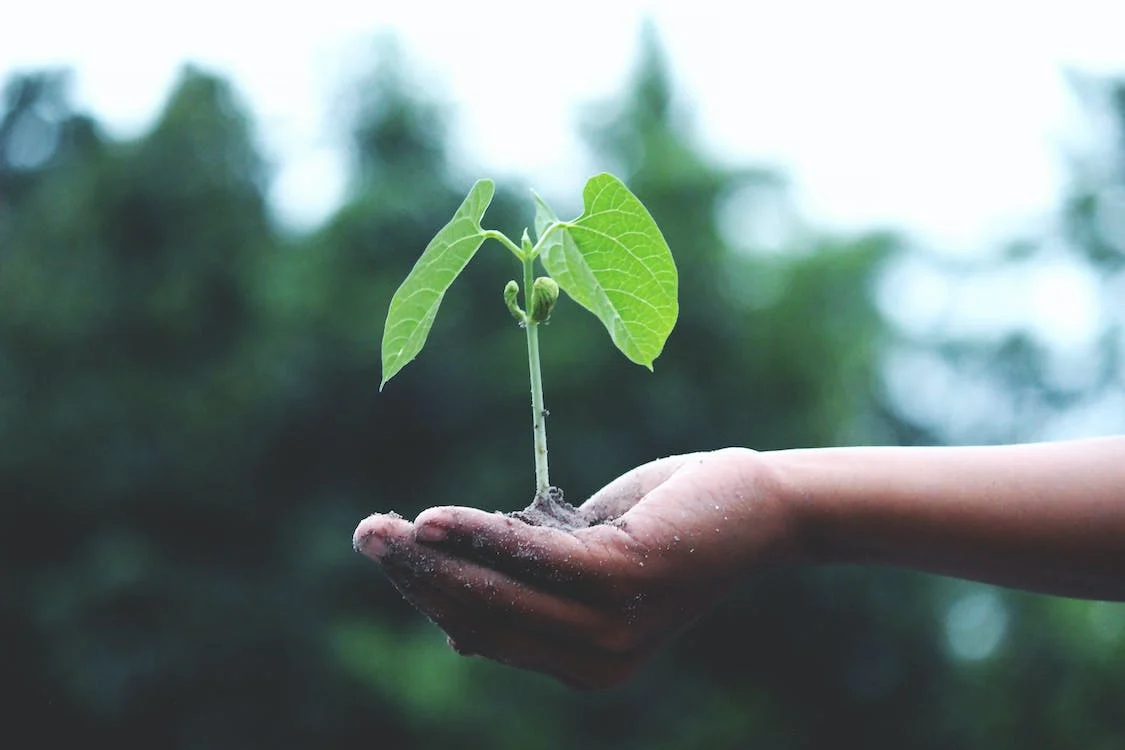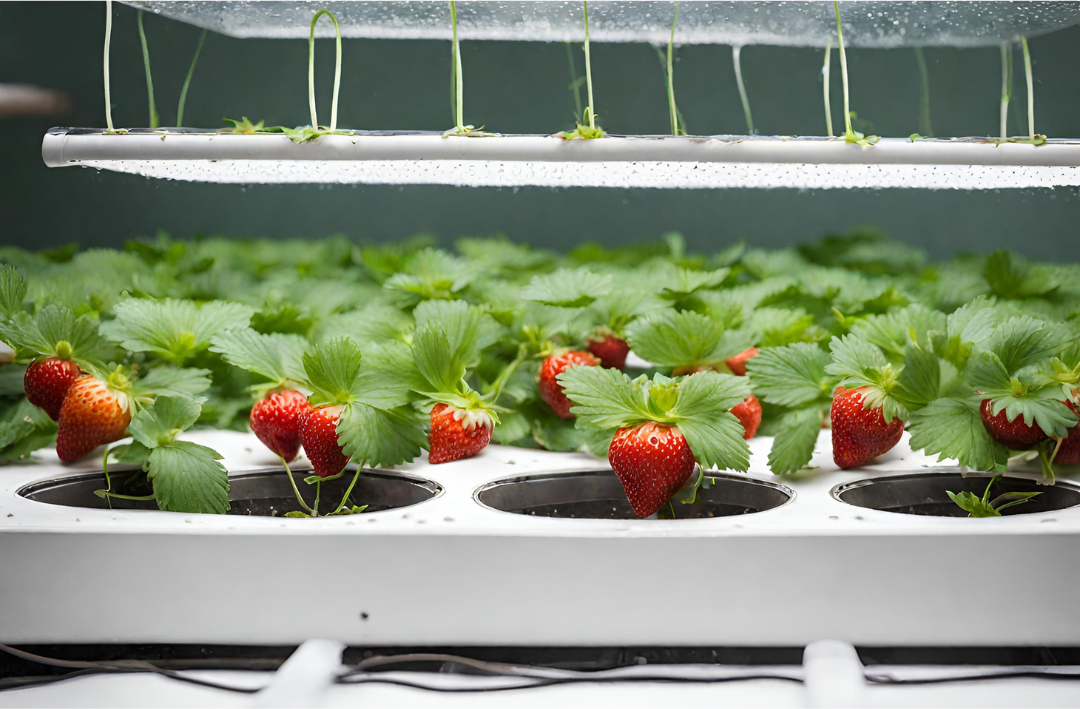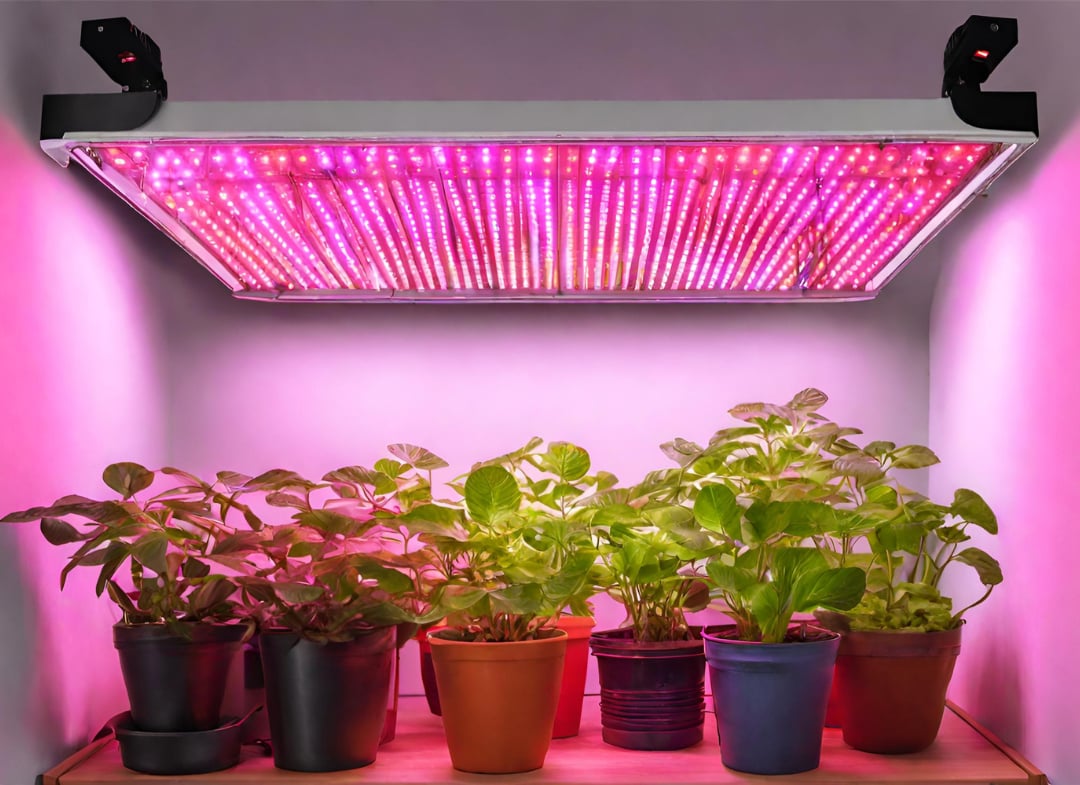
How to Maintain Quality During Post-Harvest Processing and Handling
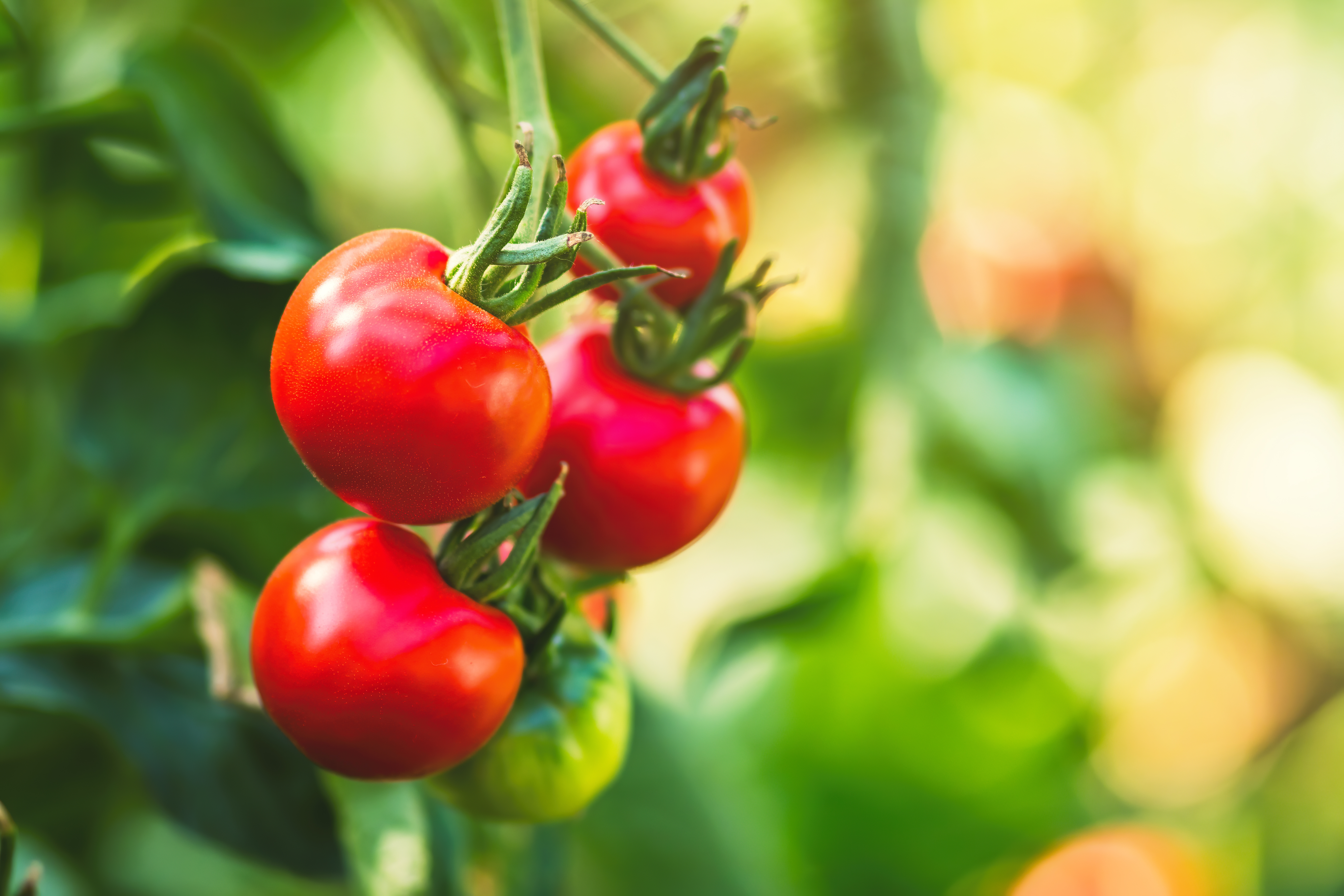
They say life is a journey, not a destination. And while that mostly holds true in gardening, it doesn’t entirely. Most gardening enthusiasts enjoy the process but it’s the destination that helps them understand how well they did and learn how to expand their skills. And for many, it’s how they earn their living.
When it comes to growing fruits, vegetables, and herbs, freshness reigns supreme – no matter if you’re selling them, giving them as gifts, or even keeping them for yourself. It indicates the quality and nutritional value of the produce. Maintaining the quality of the “fruits” of your labor (pun intended) depends heavily on post-harvest processing and handling.
Just like humans, plants breathe. They breathe in oxygen to help them break down their energy sources and breathe out, or respire, water. Also, like people, produce breathes harder when it is hot, which leads to drying out, decreased nutritional value and sweetness, and less density, all of which reduces market value. The more a product respires, the more perishable it is. Good post-harvest practices maintain freshness, reduce respiration, extend shelf life, and protect the quality of your product.
Post-Harvest Processing Best Practices
What are the objectives of post-harvest handling? Simply put, you want everything you do from the time your plant leaves the ground until it ends up with the person who will use it to support freshness and shelf life. The main obstacles growers must overcome in post-harvest processing include proper temperature management, contamination from bacteria or fungi, mechanical injury, and drying, wilting, and shriveling. To avoid these pitfalls, it’s imperative to avoid product injury, maintain optimal temperatures, and avoid water loss.
Here are the critical elements you must consider to accomplish it:
Temperature control: Keeping produce cool in post-harvest processing reduces respiration, water loss, risk of bacterial and fungal growth, and deterioration. There are a variety of methods growers can use to cool their products. Most growers utilize some form of mechanical refrigeration. Room cooling is low cost, but it is the slowest method. Forced air cooling pushes cold air through storage containers to help it cool faster. Some plants can even tolerate ice. The optimum temperature and the time it takes to cool produce depends on the produce itself.
Cleaning: What is the importance of hygiene and cleanliness in post-harvest handling? It is essential to minimize the risk of food-borne illness and contamination and protect your buyers and recipients. Every surface your product encounters should be clean. Water temperature should be warmer than the produce to kill bacteria, but not hot enough to damage the product. You can use chlorine to kill bacteria and harmful microorganisms but be sure to maintain appropriate pH balance for your produce.
Harvest time: Determining when to harvest is a critical element to post-harvest processing. Knowing when the plant is ripe for harvest is fundamental to a quality product. If you are growing outdoors, harvesting at sunrise can help keep produce cool. Additionally, harvesting when the foliage is dry minimizes the spread of bacteria and disease.
Handling: Handle your product with care every step of the way. Damage such as punctures, abrasions, bruises, cuts, and crushing can not only ruin your ability to use or sell the blemished product, but it can also contaminate the products the damaged produce touches. The less you handle your product, the smaller the risk of damage.
Packing: Choose packing methods consistent with the rest of your post-harvest processing practices that support the quality of your product and help it arrive to its user safely.
Post-harvest processing can make or break the effort you put into growing your product. And you don’t want to trust it to inferior post-harvest technology and equipment. At Monster Gardens, your success is our success. We have all the products and expertise you need to achieve growing prosperity from start to finish. Shop our post-harvest handling equipment today.
About the Author









